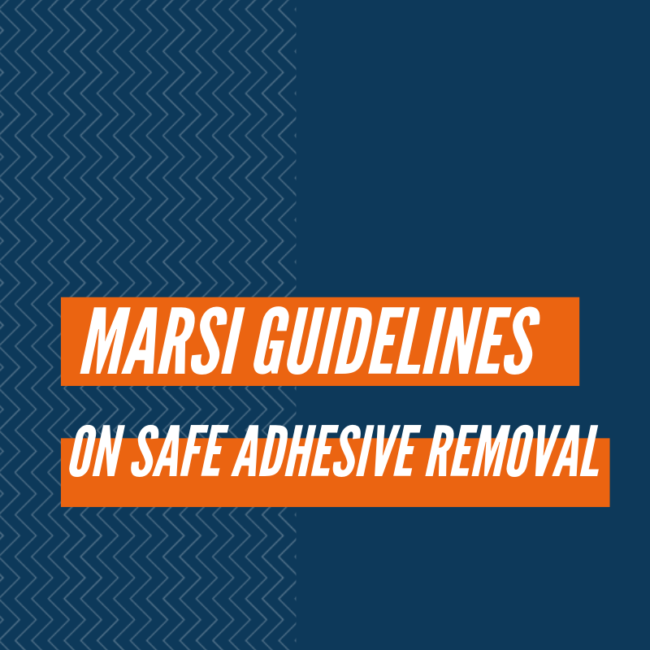Vascular Access Care & Maintenance: Avoid MARSI during Dressing Changes
In our previous blog, “MARSI Guidelines on Safe Adhesive Removal,” we discuss the one often overlooked hospital acquired condition (HAC) is medical adhesive related skin injury (MARSI). Its prevention should be on every institution’s radar. In this video, Jack LeDonne, MD, FACS, VA-BC, features a case example of mechanical skin injury related to the removal of…









